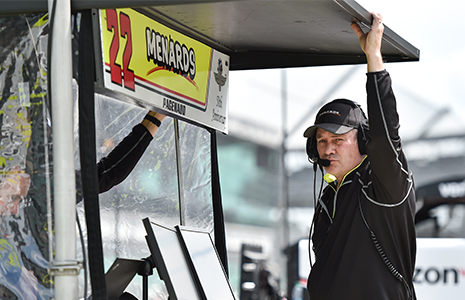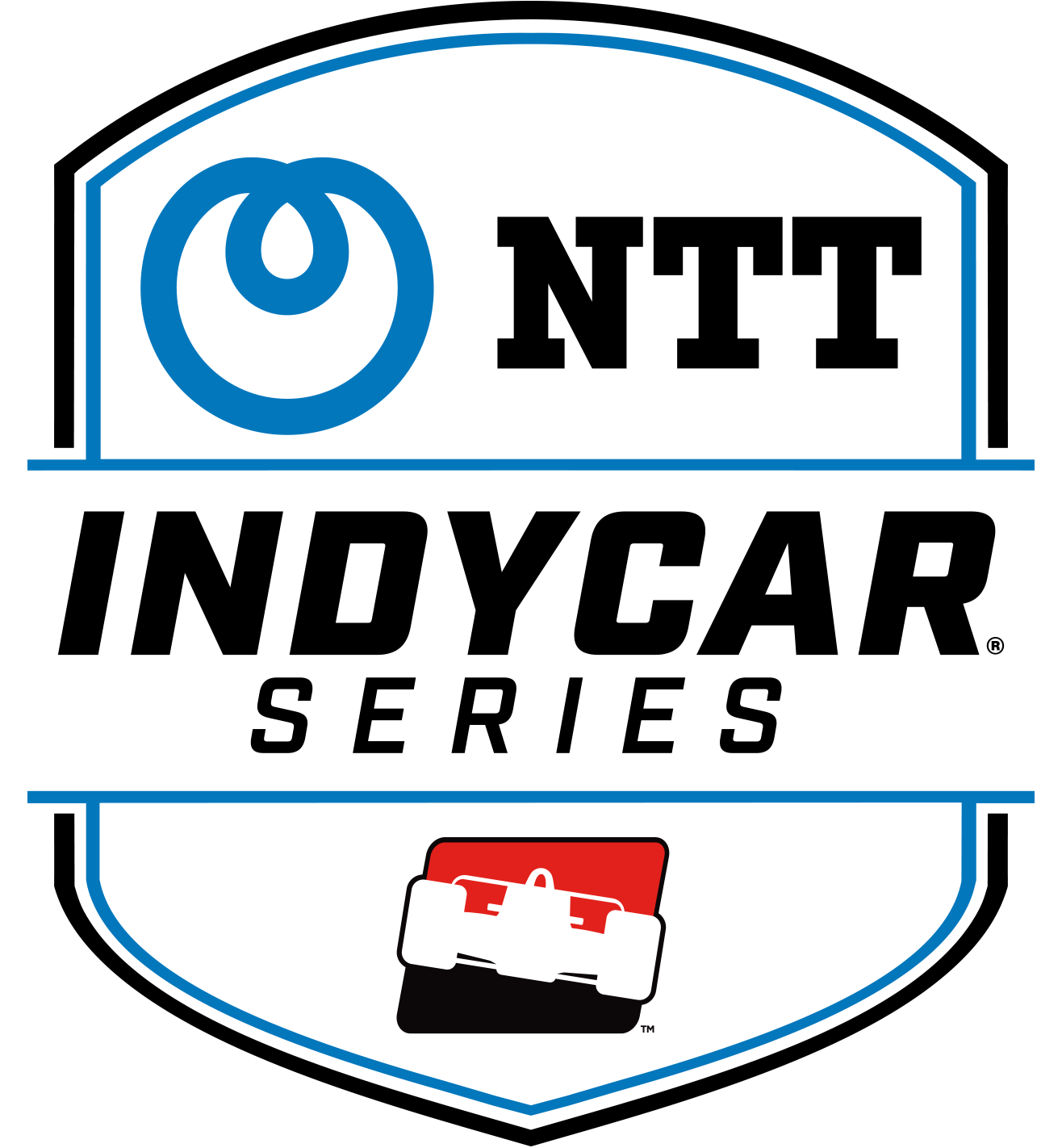Strategists face pressure of making right call at crunch time
MAY 26, 2019
INDIANAPOLIS – It’s Lap 160 with one more pit stop to make, and you’re the strategist ready to make a call that could define your career.
Or, you’re driving down the back straight at 230 mph with five laps to go, knowing a bold pass on a line you’ve never practiced – one you’d never risk any other time in the race, or maybe in any other race – is your best chance for everlasting fame.
Life-altering moments happen in the Indianapolis 500 presented by Gainbridge, few with such consequences as what can happen in the final 100 miles of the race. It’s a time in the race when teams and drivers are willing to take the ultimate risk in order to achieve the ultimate prize.
“It borders on insane in my mind,” said George Klotz, team director with AJ Foyt Racing and strategist for Matheus Leist in the No. 4 ABC Supply Chevrolet. “Nothing is left on the table. The closer you are to the front, the more daring moves you will see and (drivers) doing whatever they can to get up front.”
Recent history is full of bold moves on the track and risky strategy from the pit box, some that won the Indy 500 and some that didn’t.
Ryan Hunter-Reay made a gutsy dive nearly to the infield grass entering Turn 3 to pass Helio Castroneves with four laps remaining and went on to win in 2014. The two traded the lead several times in the final six laps. Hunter-Reay said he was driving lines on the track he’d never practiced.
Takuma Sato dived under Dario Franchitti on the last lap of the 2012 race but crashed into the first-turn wall.
Alexander Rossi, working a strategy called by Andretti Herta Autosport co-owner Bryan Herta, milked his fuel beyond the last drop, coasting across the finish line to win in 2017.
Last year, both Stefan Wilson and Jack Harvey bypassed a late fuel stop to gain track position and found themselves 1-2 with six laps remaining, but also needing another caution flag to make it to the finish. When that didn’t happen, they both pitted with four laps remaining, with Wilson finishing 15th and Harvey 16th.
“You’ve got to be willing to take chances,” said Michael Shank, co-owner of Meyer Shank Racing with Arrow SPM. “You’ve got to be willing to say, ‘Hey, we’re either going to finish first, second or third, or we’re going to be 15th. What are you wanting to do?’ I know I’m going for the big one every single time.”
The stress of the moment can cloud his decision-making, Shank said, and he’s got to be aware of that.
“I have to talk to myself a lot in those instances,” said Shank, who calls Harvey’s strategy in the No. 60 AutoNation/SiriusXM Honda. “It’s hard not to get pretty active and hyper. Your brain starts doing loops because you’re thinking about the possibility. We talk a lot about not getting too wound up. But I’ve got to tell you, it’s hard to manage excitement, especially at this place when you’re coming down to it and you’re in the hunt. Just getting yourself in position to be in the hunt is hard. You might not do it in 10 years.”
Inside the cockpit, drivers will put their cars in places on track they might never try anywhere else.
“The last 50 laps of the race, the volume knob goes all the way up to 11,” said Charlie Kimball, who drives the No. 23 Fiasp Carlin Chevrolet. “Because it means so much, the intensity here gets ratcheted up.”
Race teams start feeling the intensity by the halfway point, if not sooner, because the competition is so close and more cars are staying on the lead lap.
“Although it’s a 500-mile race, it has turned into a sprint race from the get-go,” Klotz said. “Nobody’s laying back.”
 Kyle Moyer, manager of Team Penske’s NTT IndyCar Series program, likes for his cars to run in the top six most of the race because it’s more difficult to make up positions from deeper in the field with the current package.
Kyle Moyer, manager of Team Penske’s NTT IndyCar Series program, likes for his cars to run in the top six most of the race because it’s more difficult to make up positions from deeper in the field with the current package.
“Used to be, we’d say, ‘Let’s survive and get to the last 35 or 40 laps and then really get after it,’” said Moyer, strategist for pole sitter Simon Pagenaud in the No. 22 Menards Team Penske Chevrolet. “Now, there are so many cars that stay on the lead lap that you’re almost running close to qualifying speeds right off the bat. I would say about halfway through the race, you’d better start getting yourself in position or you’re going to get left behind.”
With track position so difficult to gain, restarts offer a prime opportunity for drivers willing to take risks. Rossi produced one of the highlights of the race last year with his daring drive through the high groove – a place that’s typically fraught with peril at Indy – in Turns 1 and 2 on a late restart.
“The risk-reward equation here is adjusted because the race is so big,” Kimball said. “Rossi settled in at the beginning last year, kind of found his feet and realized that restarts were the only place he could make moves, and he drove around the outside of guys in (Turns) 1 and 2. That’s a big commitment move, but he knew that was the only time he had to make forward progress.”
JR Hildebrand, in the No. 48 Dreyer & Reinbold Salesforce Chevrolet this year, said he may drive most of the race keeping one bold move in mind to make when he really needs it.
“As a driver, there’s little spots that I’ve wedged myself into with 10 to go that I’m only going to do once in the race, so you’ve got to save it until it matters,” he said. “With how close the racing has become over the last five or six years, you come to expect that from everybody.”
Kimball remembers passing Scott Dixon three laps from the finish to finish third in 2015. But he’ll also never forget what happened ahead of him when Juan Pablo Montoya nearly pushed beyond the edge of control to pass Will Power and take the lead.
“I swear I could read the sponsor (name) on Juan’s left sidepod,” Kimball said. “That thing rotated at the apex of the turn. Juan was thinking, ‘This is to win the 500.’
“That’s what it takes to win here.”
Sunday's 103rd running of the Indianapolis 500 airs live at 11 a.m. ET on NBC and the Advance Auto Parts INDYCAR Radio Network.






















